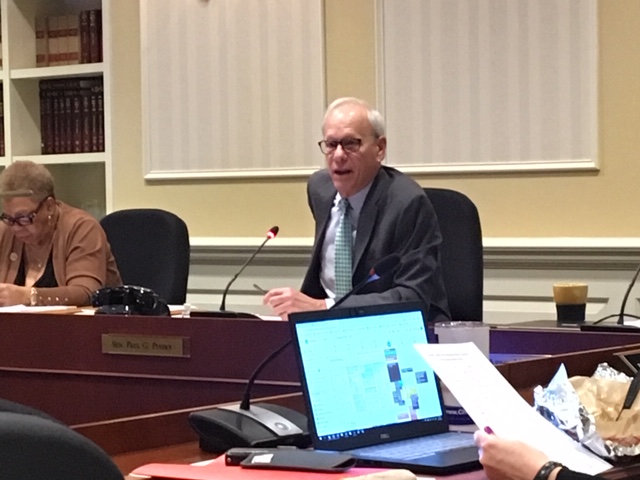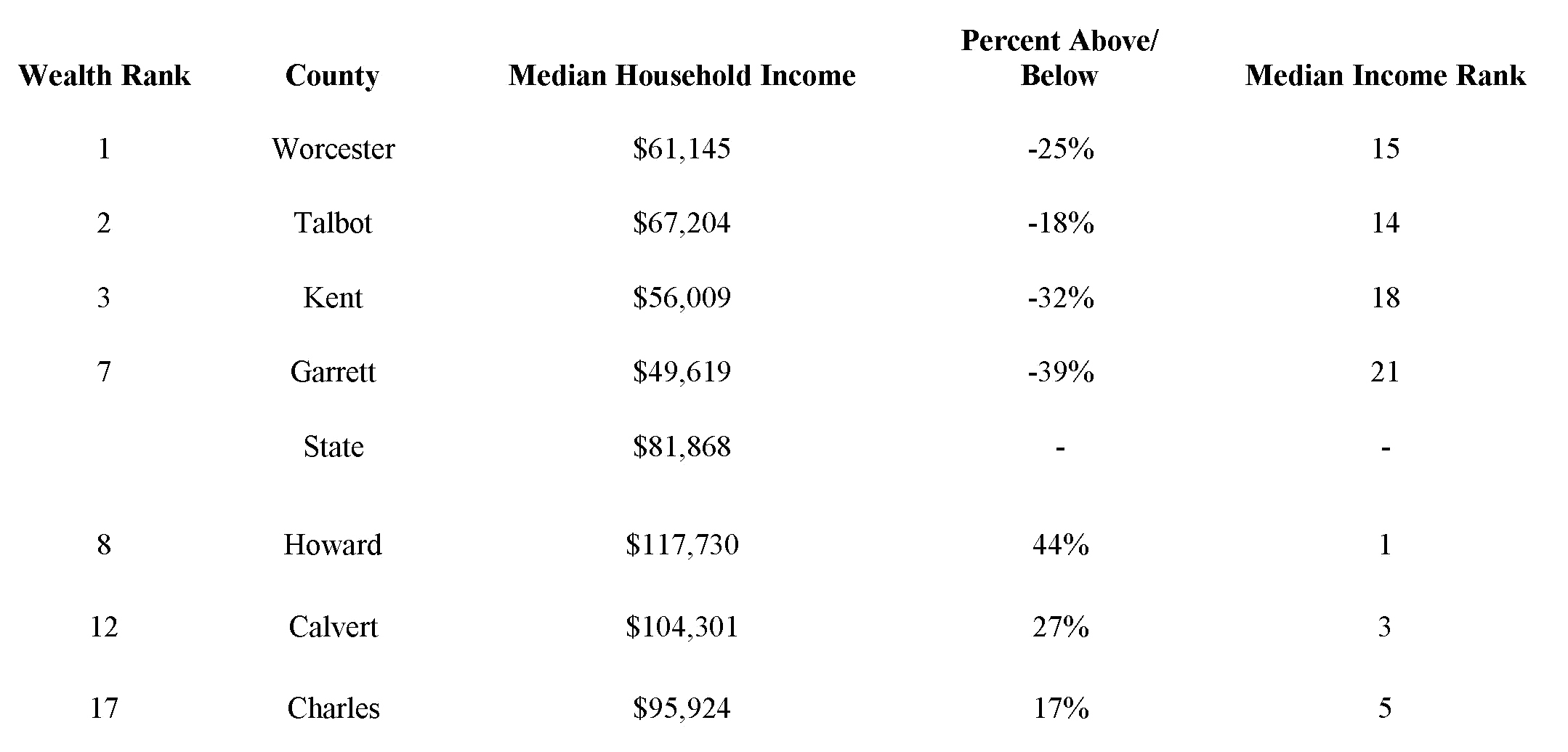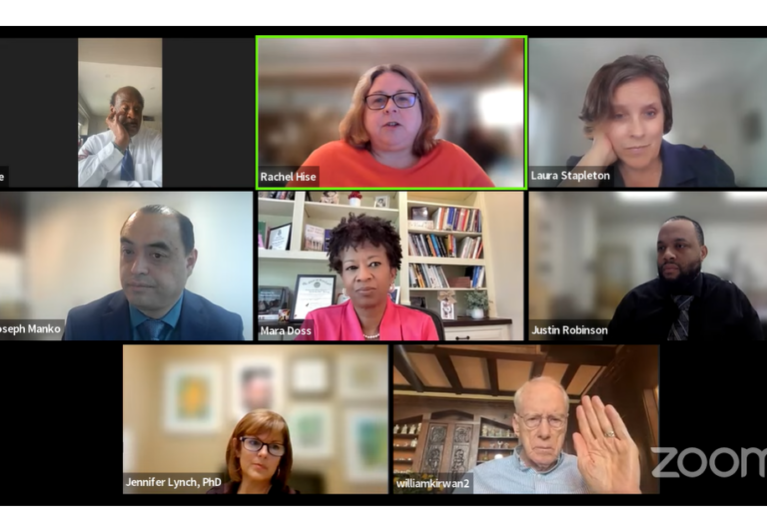
The Kirwan Blueprint bill moved way too fast through the House last week and passed late Friday night. Now it crosses over to the Senate and will be heard in the Education, Health and Environmental Affairs Committee this week.
After the initial “public-hearing” on Feb. 17, hundreds of amendments were offered. Most never saw the light of day, as certain committee members made the decisions on which amendments were worthy of consideration. On Friday, 16 additional amendments, mostly from Republicans, were offered from the floor and nearly all of them failed on a party line vote.
The vast majority were related to one of the five specific policy areas or other common-sense solutions, such as how to address discipline and behavioral disruptions in the classroom and some were related to funding and how to address a flawed wealth formula.
Reiterating what MACo’s position is regarding whether to split the costs of this additional layer of education funding, the counties believe these new costs should be borne by the state. The total price tag adds an additional $6 billion per year by 2030. MACo’s statement says “The State of Maryland should live up to its constitutional obligation, stand behind its own ambitious recommendations, and provide State resources to implement the full costs of the Kirwan Blueprint plan….The Maryland Constitution’s requirement of ‘thorough and efficient’ public schools properly places this duty on the State…The far-reaching Kirwan plan is a continuation of this State requirement.”
There are two primary reasons for this position. One, if legislators believe that this is a good idea, and they are the ones voting on the plan, they should not pass another unfunded mandate on to the county governments. The second is that the state has more flexibility on raising revenues and/or making adjustments within the state budget to pay for this new level of education costs. Counties only have property and income taxes and most are maxed out at 3.2% on income taxes, leaving only property tax, thereby forcing the local elected officials to raise rates significantly with no local control.
Since there was no amendment like that offered, it’s obvious that the state still expects the counties to pick up a significant share of these new costs. While most have heard that the split was $2.8 billion for the state and $1.2 billion for the counties, that is a bit misleading. Fiscal year 2020 funding for all counties is $6.69 billion (51.8%) and state share is $6.23 billion (48.2%), so the locals are already funding $464 million more than the state.
Under the bill as introduced (with an inflation factor of 23% that DLS has used), counties would be funding a total of over $9.2 billion in FY30. That is an actual increase in local spending of $2.5 billion, which is inclusive of the current Maintenance of Effort (MOE) law. It is also why the numbers that keep getting reported of $1.2 billion appear distorted and understated.
The funding amendments that were offered were to accomplish two things. First, the massive local increase on Baltimore City and Prince George’s County has been widely reported and something in the formula had to change in order to offer those jurisdictions relief. As originally drafted, the “Local Share Relief” to 12 counties was $431 million with $375 million going to just those two jurisdictions.
The second was a technical fix to the funding floors for seven counties. Notwithstanding the wealth formula, each county receives 15% funding on the base per pupil and 40% funding on a Special Education, English Language Learner and Concentration of Poverty.
When the bill was initially introduced, this had not been factored in and the local share was overstated. An amendment was needed to adjust the calculation because it had been double counted and ended up with the local plus state being greater than the total formula funding required. This amendment was NOT the state granting relief to those seven counties, it was to correct a mathematical ERROR.
The first amendment was to grant relief to 12 counties and the second was to fix the error. Unfortunately, these got combined and the title of the amendment is “Net Local Share Relief.” This amendment did pass but it still concerns me and several other counties who are supposedly wealthy because it is based on a flawed formula. Legislators will say that they “fixed” us and granted us a reduction, but that really is inaccurate. Our reasoning and that of several legislators is that the “wealth formula” does not accurately reflect the actual demographics and economy of a jurisdiction.
One major factor that is not considered in any way is the median household income. The tables below show examples of the education wealth formula versus the median income ranking as compared to the state average of $81,868.

This illustrates that no funding formula really works. There are many other factors that comprise a county’s “wealth,” not just property value plus net taxable income divided by the number of children in the school system. Until you account for many different factors, it would be unfair to classify a county wealthy, poor or somewhere in between.
The true wealth of a county has very little to do with how many kids we educate and everything to do with the quality of jobs, incomes, and demographics of who we serve. What we really need is to amend this wealth formula that fits no one and add a factor that accounts for median household income. That would be a good start.
— LAURA PRICE
The writer is on the Board of Directors of the Maryland Association of Counties, Talbot County’s legislative liaison and a member of the Talbot County Council.




 Creative Commons Attribution
Creative Commons Attribution